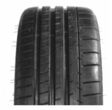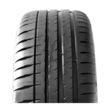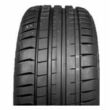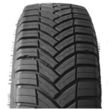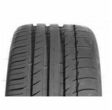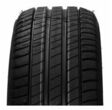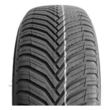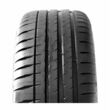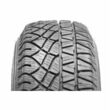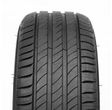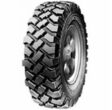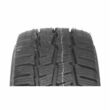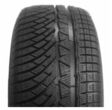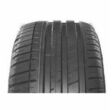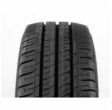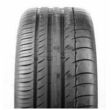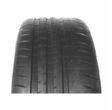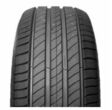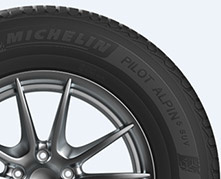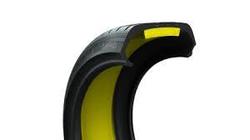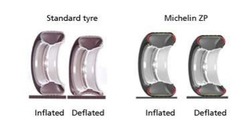Since its beginnings, the MICHELIN brand has devoted itself to designing automotive solutions, encouraging the development of innovative and sustainable tyres. Driven by a tradition spanning more than 130 years, it owes its fame in particular to several major inventions that have shaped the history of the tyre.
Thanks to its industrial heritage, its investments in research and development, and its constant determination to enhance the reliability of road transport, the MICHELIN brand now holds a prominent position in the automotive sector. While continuing to evolve, it relies on a wide range of products and services, reinforcing its global reach and its reputation as an innovative manufacturer.
- In 1895, one of the first cars to run on MICHELIN tyres, named “L’Eclair”, took part in the Paris-Bordeaux-Paris race. This demonstration illustrated the reliability and resistance of air-inflated tyres.
- At the beginning of the 20th century, the brand expanded its expertise worldwide by creating a distribution network and its first overseas subsidiaries. This expansion aimed to keep pace with the strong growth of the automotive industry at the time.
- Starting in the 1930s, the use of metal wires was introduced into tyre construction, leading in 1937 to the launch of the first steel-carcass tyre. This breakthrough significantly enhanced the resilience of automotive tyres.
- In 1946, the brand filed the patent for radial technology and marketed it under the name MICHELIN X. This tyre reduced fuel consumption, increased longevity and improved safety, permanently transforming the standards of the automotive industry.
- To support the success of its innovations, the brand invested in research and testing centres, including the Ladoux centre (1965), bringing together laboratories, test tracks and workshops dedicated to the continuous improvement of tyres.
- Over the decades, the company grew through its industrial facilities and by acquiring other manufacturers. This strategy ensured an international presence and a steady expansion of its market share.
- In the 1990s, an environmentally conscious approach was introduced with the “Green Tyres” range. The use of silica in their manufacture reduces rolling resistance and optimises fuel consumption.
- Since 2019, the brand has presented new solutions, including airless tyres (UPTIS) that eliminate the risk of punctures. These products continue the efforts made towards safer and more sustainable mobility.



